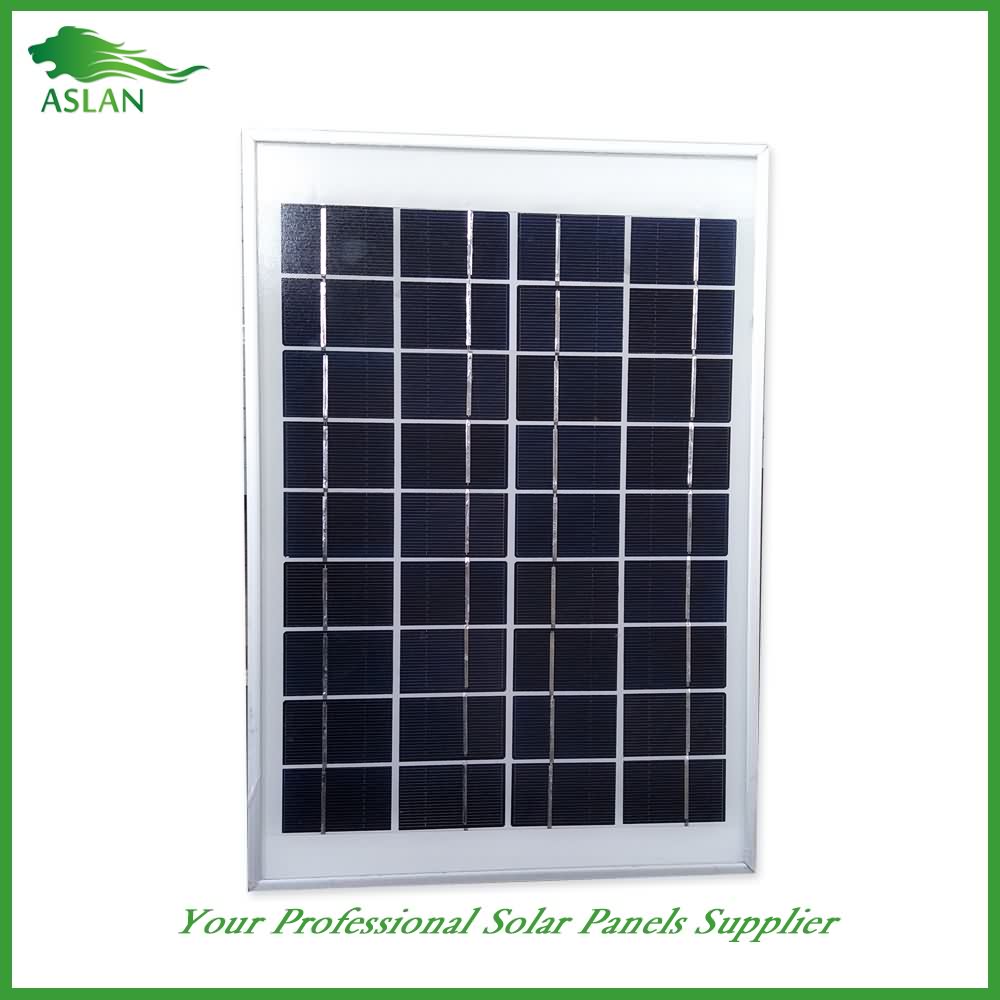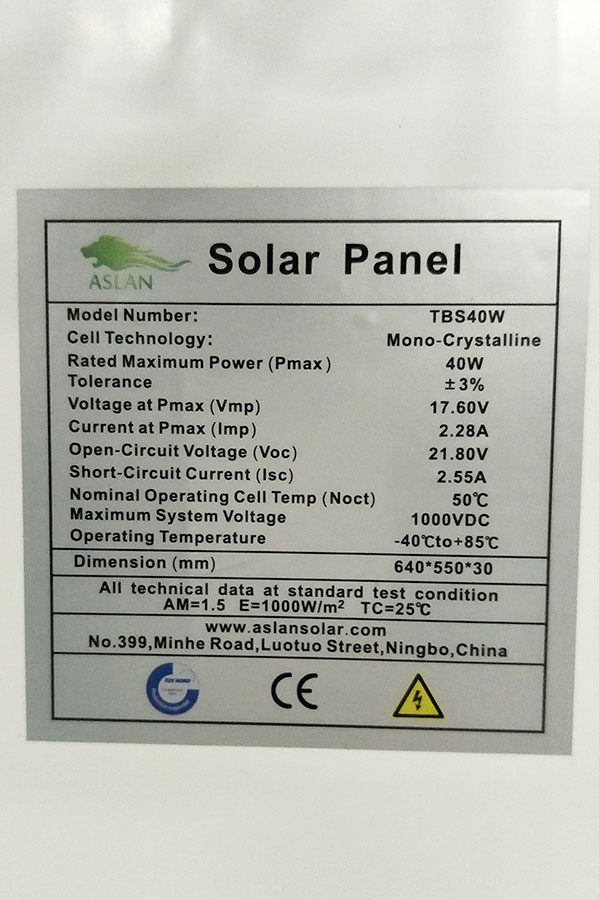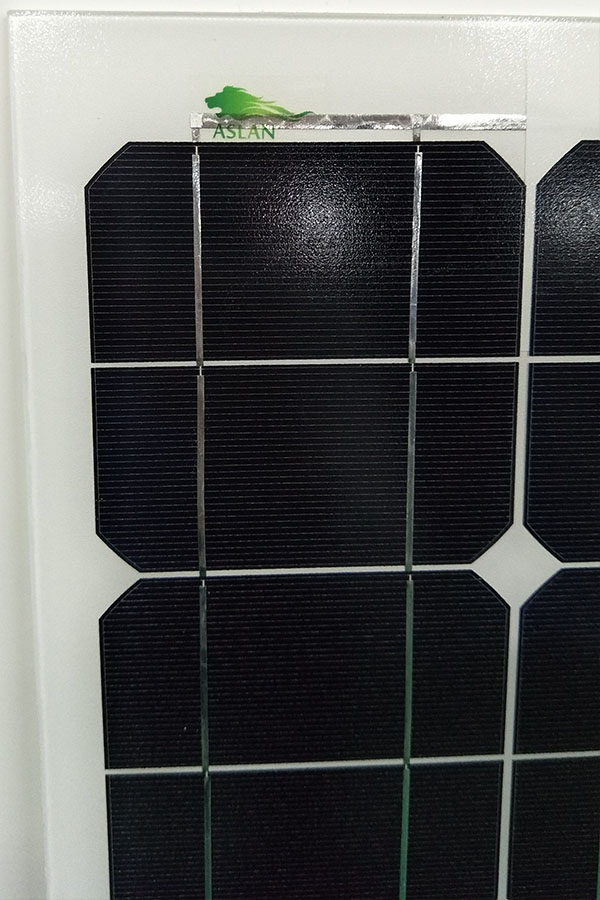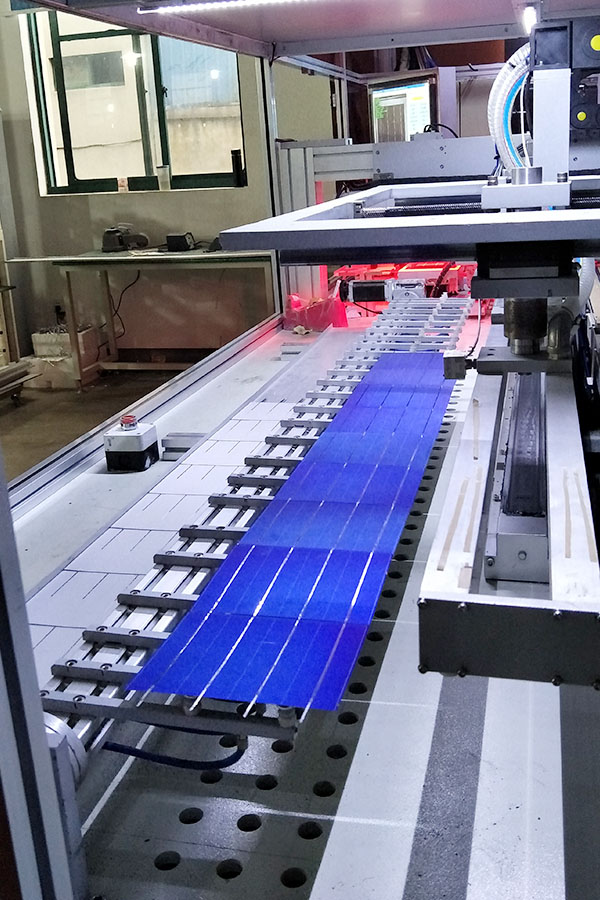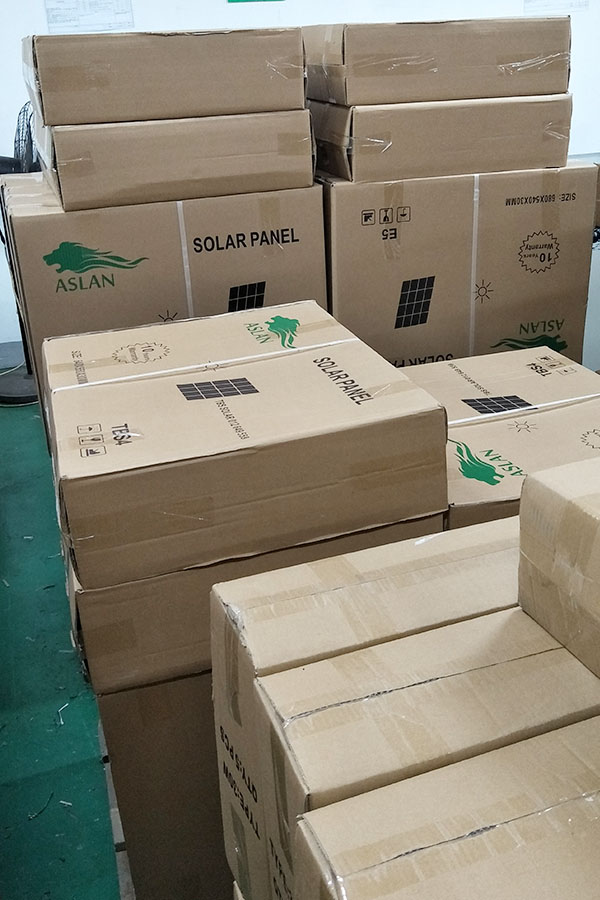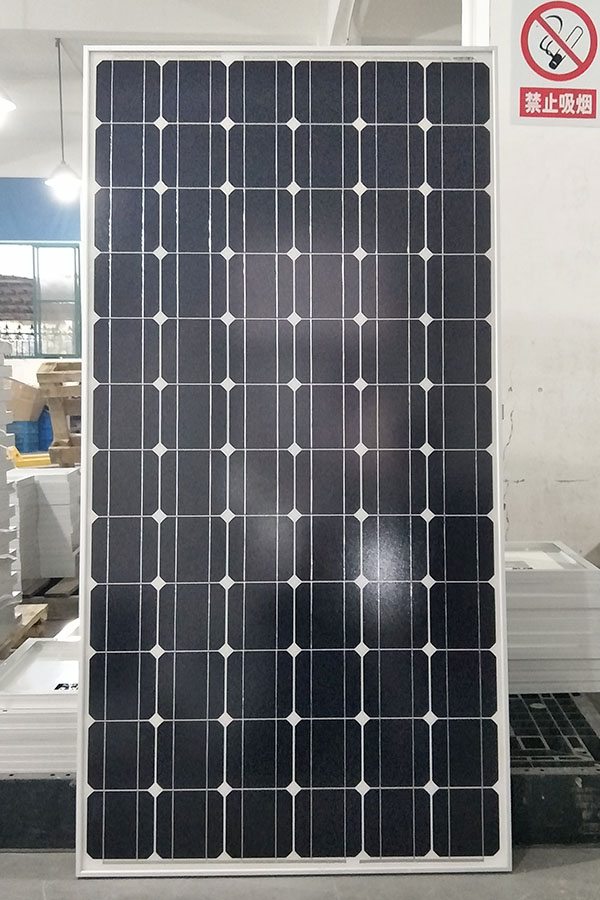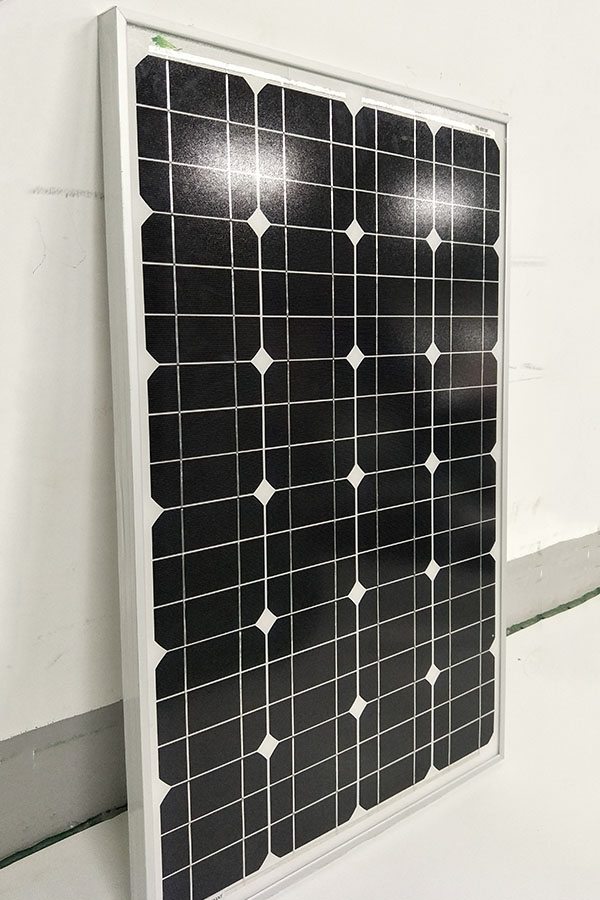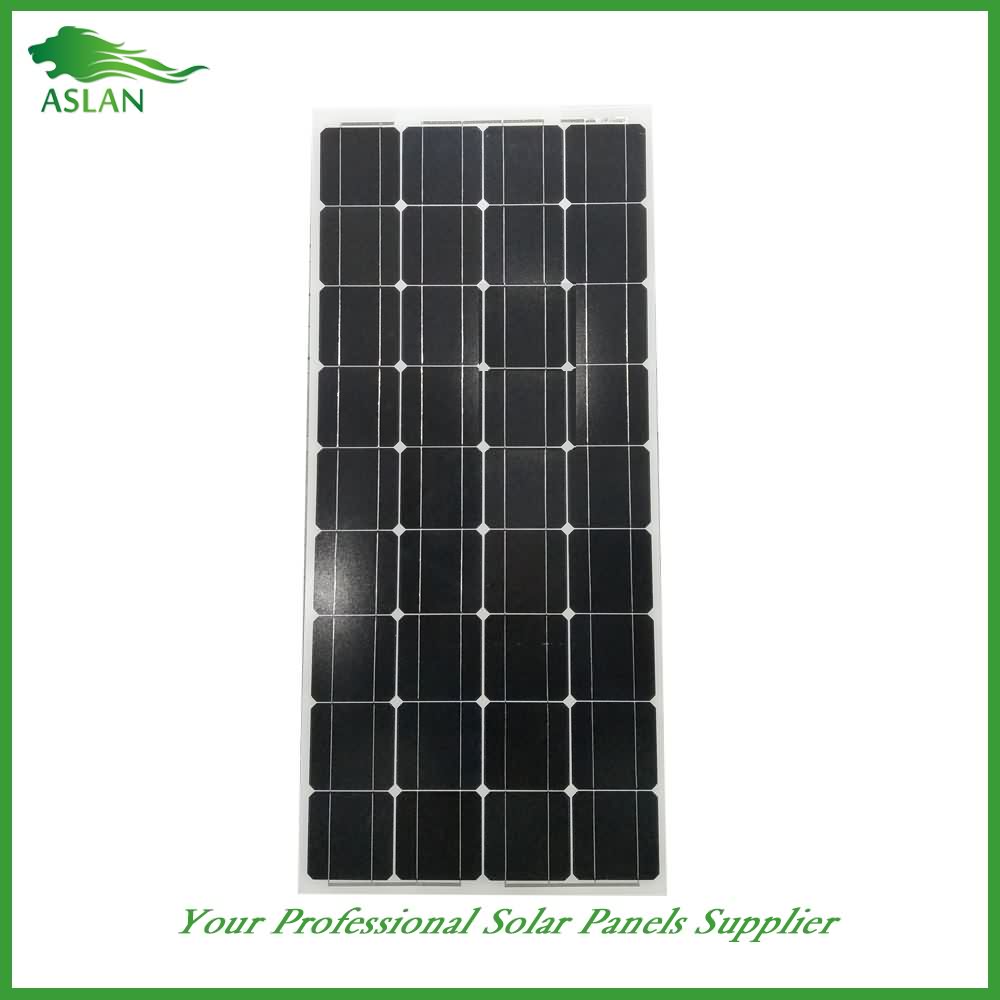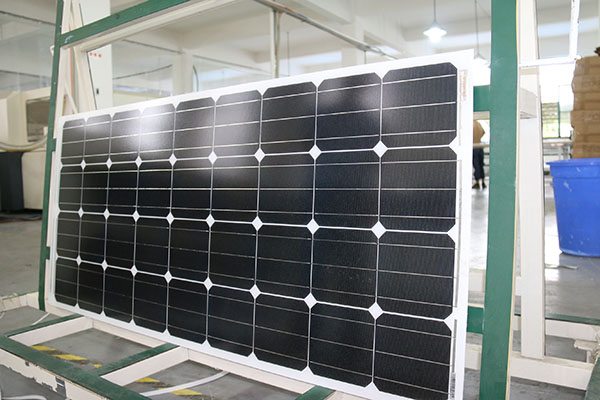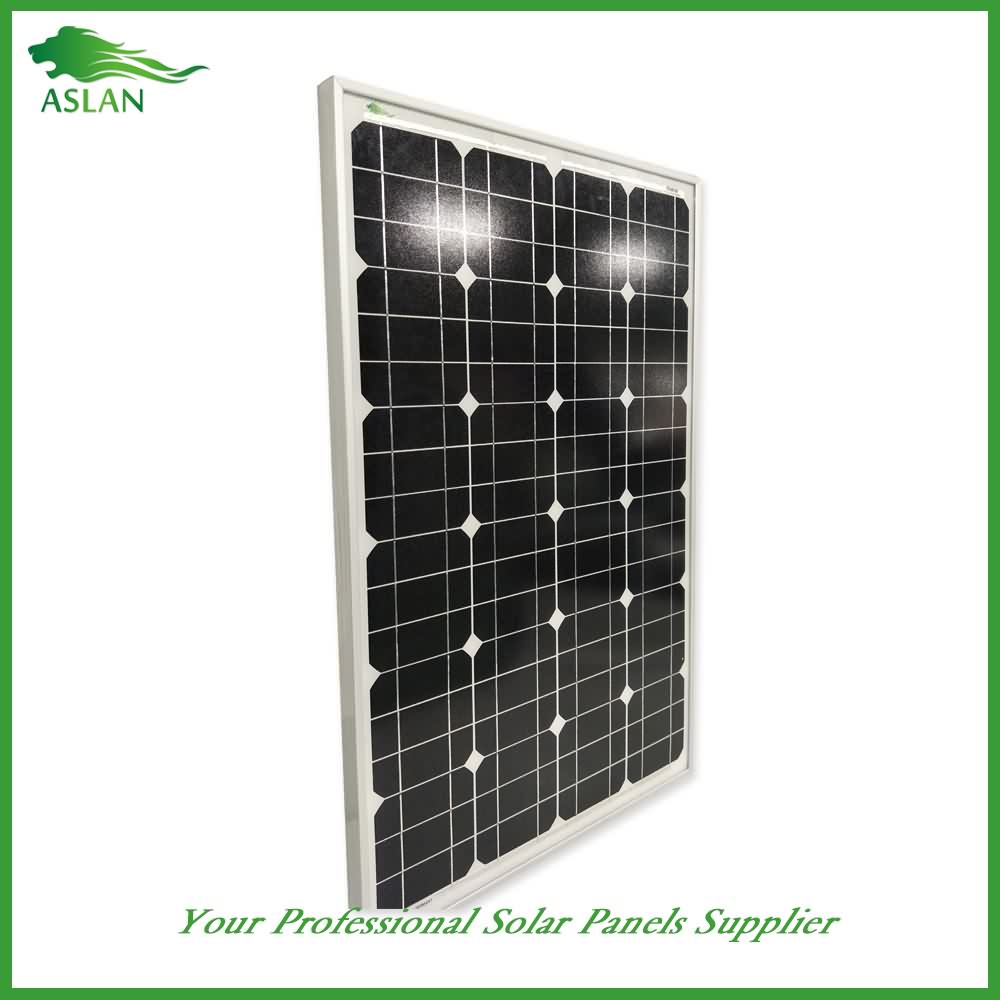Supply for Poly-crystalline Solar Panel 5W Bolivia Manufacturer
Short Description:
With the "Client-Oriented" business philosophy, a rigorous quality control system, advanced manufacturing equipment and a strong R&D team, we always provide high quality products, excellent services and competitive prices for Supply for Poly-crystalline Solar Panel 5W Bolivia Manufacturer, We are also constantly looking to establish relationship with new suppliers to provide innovative and smart solution to our valued customers.
Poly-crystalline Solar Panel 5W
Technical parameter
Maximum Power(W) 5W
Optimum Power Voltage(Vmp) 9V
Optimum Operating Current(Imp) 0.56A
Open Circuit Voltage(Voc) 10.8V
Short Circuit Current(Isc) 0.62A
Mechanical Characteristics
Cell Type Polycrystalline
No of Cell 18 (3x6pcs)
Dimensions 175x270x18mm
Weight 0.65KGS
Front Glass 3.2mm,High Transmission, Low Iron,Tempered Glass
Temperature and Coefficients
Operating Temperature(°C): -40°C ~ + 85°C
Maximum System Voltage: 600V(UL)/1000V(IEC) DC
Maximum Rated Current Series: 10A
Temperature Coefficients of Pmax: -0.435%
Temperature Coefficients of Voc: -0.35%
Temperature Coefficients of Isc: 0.043%
Nominal Operationg Cell Temperature (NOCT): 47+/-2°C
Materials of solar panel
1).Solar Cell——Polycrystalline solar cell 156*156mm
2).Front Glass——-3.2mm, high transmission, low iron, tempered glass
3).EVA——-excellent anti-aging EVA
4).TPT——-TPT hot seal made of flame resistance
5).Frame——anodized aluminum profile
6).Junction Box——-IP65 rated, high quality, with diode protection
Superiority: high quality anodized aluminum frame, high efficiency long life, easy installation, strong wind resistance, strong hail resistance.
Features
1. High cell efficiency with quality silicon materials for long term output stability
2. Strictly quality control ensure the stability and reliability, totally 23 QC procedures
3. High transmittance low iron tempered glass with enhanced stiffness and impact resistance
4. Both Poly-crystalline and Mono-crystalline
5. Excellent performance in harsh weather
6. Outstanding electrical performance under high temperature and low irradiance
Quality assurance testing
Thermal cycling test
Thermal shock test
Thermal/Freezing and high humidity cycling test
Electrical isolation test
Hail impact test
Mechanical, wind and twist loading test
Salt mist test
Light and water-exposure test
Moist carbon dioxide/sulphur dioxide
In this video I compare 5 different technologies and show, how they compare if you power 3.3 volt devices like the ESP8266 or the Arduino Pro Mine 3.3 volt.
Technologies used:
Reference: Alkaline non-rechargeable battery
Nickel Cadmium (NiCd)
Nickel Metal Hybrid (NiMH)
Lithium Polymer (LiPo)
Lithium Iron Phosphate (LiFePo4)
I compare their capacities compared to their volume and also how we connect them to our 3.3 volt devices.
Battery life calculator: http://battery-life.of-things.de/battery-life-calculator.php
Supporting Material and Blog Page: http://www.sensorsiot.org
Github: https://www.github.com/sensorsiot
If you want to support the channel and buy from Banggood use this link to start your shopping: https://bit.ly/2jAQEf4 (no additional charges for you)
Official Wemos Store: http://s.click.aliexpress.com/e/jUzBiIq
https://www.facebook.com/SensorsIOT/
https://twitter.com/spiessa
The PV panels installed:
- two mono-crystal + one poly-crystal 27 degrees of the east
- poly-crystal of 27 degrees of the west
